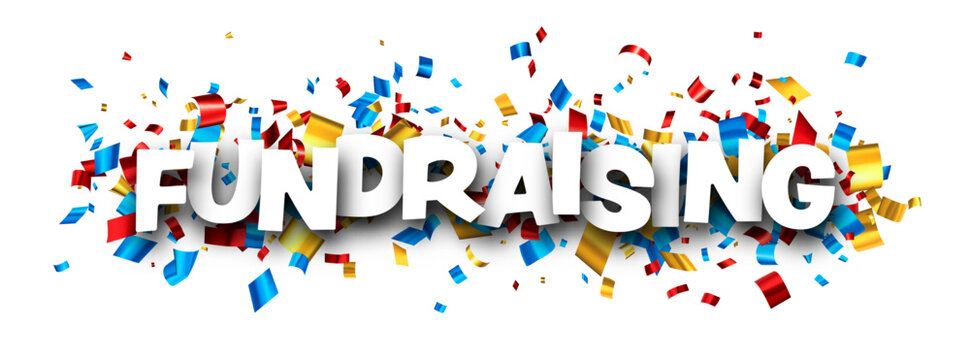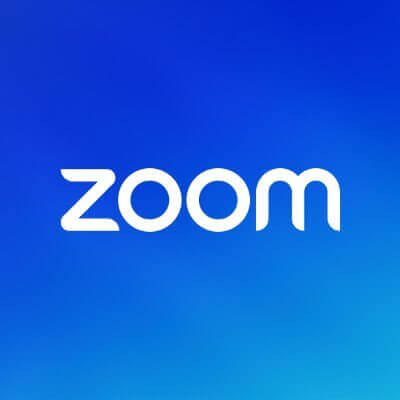What features should an NFT music and art development include?
What features should an NFT music and art development include?
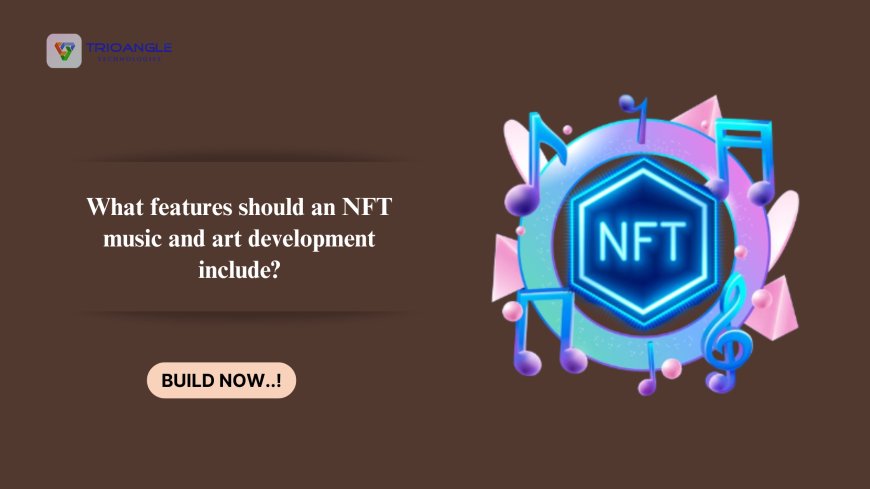
In today’s creator economy, the old systems of royalties and middlemen are getting replaced by decentralized innovation. If you're planning to build an NFT marketplace for music and art. you need more than just basic minting and trading functions. Modern creators demand autonomy, speed, and smart monetization. That’s why a well-rounded NFT music and art development process must focus on core and advanced features. that benefit both artists and entrepreneurs.
This guide walks you through the must-have elements to include... when you create an NFT platform for musicians or an NFT platform for artists. So your product stands out in a competitive market.
Core Features to Focus on in NFT Music and Art Development
#1 Multi-Format NFT Support
One of the first things your platform must offer is multi-format support. Music comes in MP3, FLAC, and WAV. Art can be JPEGs, GIFs, 3D models, or even generative code-based pieces.
Artists shouldn’t convert or compress files to fit your platform. That compromises quality. Supporting many file types makes your NFT music marketplace development future-proof and inclusive.
Business Benefit:
-
Wider creator onboarding
-
Cross-media monetization opportunities
-
Attracts hybrid artists (audio-visual)
#2 Gasless Minting for Artists
Gas fees are a huge barrier, especially for emerging artists. Offering gasless minting for artists. ensures low entry cost while keeping your platform accessible.
How to offer it:
-
Use sidechains or Layer 2 networks
-
Let buyers pay gas during sale
-
Cover costs temporarily and deduct on sale
Benefits for your platform:
-
Makes onboarding easier for new creators
-
Encourages more uploads and engagement
-
Builds a creator-friendly brand image.
#3 Dynamic Royalty Management
Royalties define how artists earn from resales. Traditional marketplaces offer static royalties. but you should aim for NFT royalties for musicians and artists. That are dynamic and smart contract-based.
Features to include:
-
Adjustable royalty percentages
-
Multiple beneficiaries (bands, managers, co-creators)
-
Transparent on-chain royalty tracking
Why entrepreneurs should care:
Dynamic royalties attract pro-level artists who expect fair and traceable revenue. It boosts long-term retention.
#4 Creator-Centric Dashboards
If you're serious about NFT music and art development, you can’t skip creator tools. Artists need more than a “mint” button. They need a personal workspace. This is where they manage their NFTs, track sales, plan drops, and access analytics.
What to include:
-
Real-time revenue tracking
-
Drop scheduling tools
-
Royalty status updates
-
Mint history and performance insights
Why it’s essential:
-
Empowers creators to manage their business
-
Reduces dependency on support teams
-
Increases platform professionalism and usability
#5 Preview and Protection Tools
Collectors want to hear the music or view the art before they buy. But creators fear piracy. You need tools that showcase and protect at the same time.
Core features:
-
Embedded audio and video previews
-
Watermarked or low-res artwork previews
-
Unlockable full content after purchase
Impact:
-
Boosts buyer confidence
-
Prevents unauthorized copying
-
Helps creators feel safer sharing their work
Advanced Features That Take Your Platform to the Next Level
These features prove a genuine commitment to empowering creators. not just capitalizing on the NFT hype. They build long-term value, trust, and credibility for your platform.
#6 Fractional Ownership and Tiered NFTs
Some NFTs are high-value and exclusive. But not all fans can afford them. With fractional NFTs, a single piece can be split among many buyers. With tiered NFTs, creators can sell different versions (standard, deluxe, signed, etc.).
Why you need this:
-
It increases sales volume and reach
-
It gives collectors more flexible buying options
-
It creates new ways to reward early fans
#7 Cross-Chain NFT Support
Ethereum may be the standard, but high fees. It pushes creators to explore Solana, Polygon, BNB Chain, and Avalanche. Supporting many blockchains gives users choice and lowers costs.
Why this is a strategic move:
-
Attracts cost-conscious creators
-
Increases scalability
-
Future-proofs your platform as new chains emerge
#8 Secure Payments and Fiat Options
Not all musicians and artists are crypto-native. Accepting credit cards or PayPal helps onboard more users.
What to offer:
-
Crypto wallet support (MetaMask, WalletConnect)
-
Fiat payment integrations (Stripe, MoonPay)
-
One-click NFT purchasing for beginners
Business advantage: You grow faster by making the platform inclusive.
#9 Copyright Protection and Authenticity Verification
Counterfeit NFTs hurt creators and platforms alike. To protect IP, you need anti-plagiarism tools and verification options.
Must-have tools:
-
Metadata checks and content hashing
-
Optional KYC for creator verification
-
Reverse image/audio scanning to detect duplicates
For your brand:
-
Builds collector trust
-
Protects creators
-
Strengthens your legal standing
#10 Creator-Fan Utilities and Community Features
Music and art are about connection. Adding community-focused features builds loyalty and engagement.
Add features like:
-
Follow/favorite artist functions
-
Comment sections under NFTs
-
Token-gated content for fans
-
Limited-time fan rewards (free airdrops, early access)
For entrepreneurs:
-
It builds a sticky user base
-
Fans bring more buyers organically
-
Keeps your marketplace active and social.
To conclude this...
If you're planning to create an NFT platform for musicians or launch a serious NFT art marketplace. your feature list is your foundation. Today’s creators want more than mint-and-sell. they want control, community, and security.
Include features like multi-format support, NFT royalties for musicians. gasless minting for artists, and tools that protect and empower creators. Don’t treat features as extras... they are the business model. When you design with creators in mind, you’ll not only gain users—you’ll build a legacy.
To truly succeed in NFT music and art development, think like an artist and build like an entrepreneur.








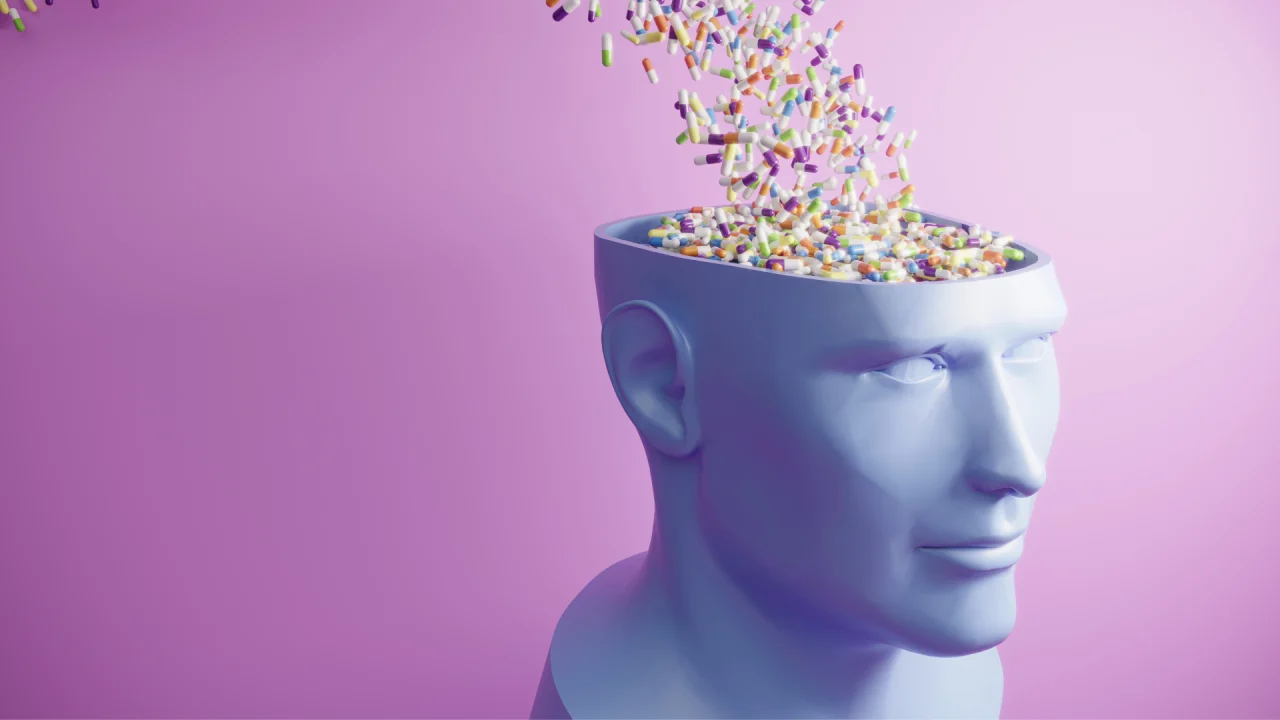
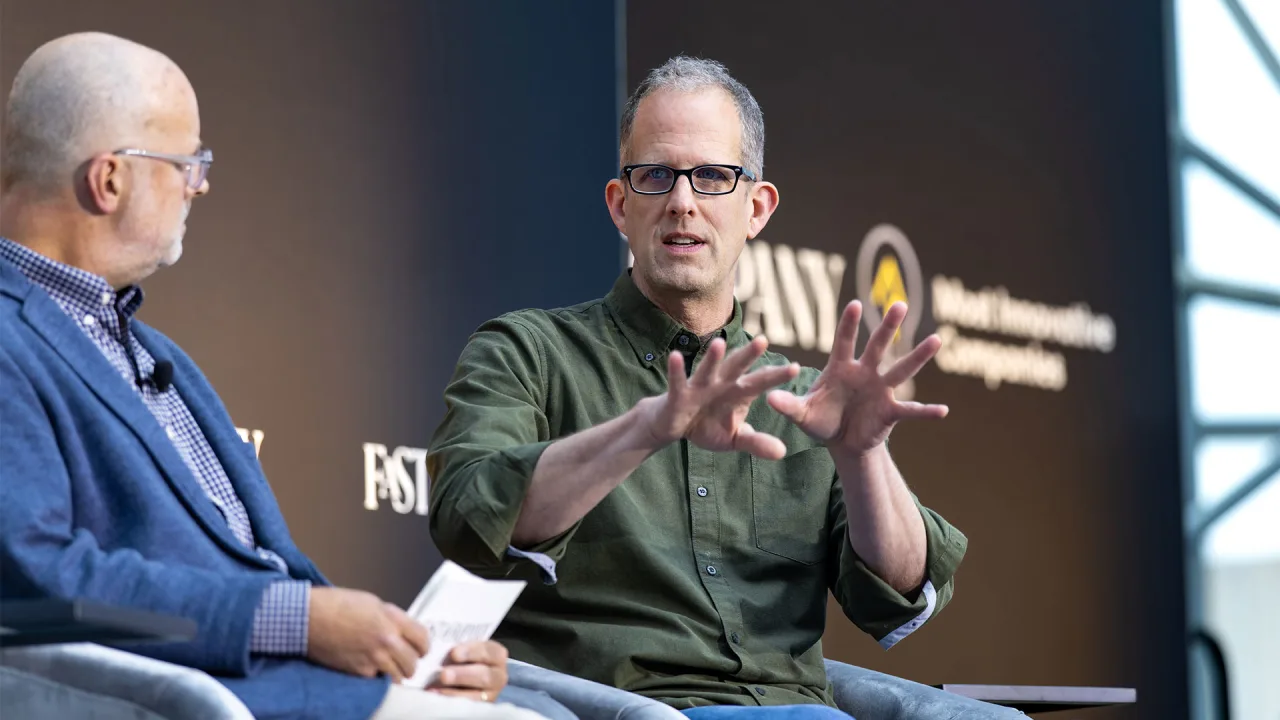






























































![https //g.co/recover for help [1-866-719-1006]](https://newsquo.com/uploads/images/202506/image_430x256_684949454da3e.jpg)

























![[PATREON EXCLUSIVE] The Power of No: How to Say It, Mean It, and Lead with It](https://tpgblog.com/wp-content/uploads/2025/06/just-say-no.jpg?#)

